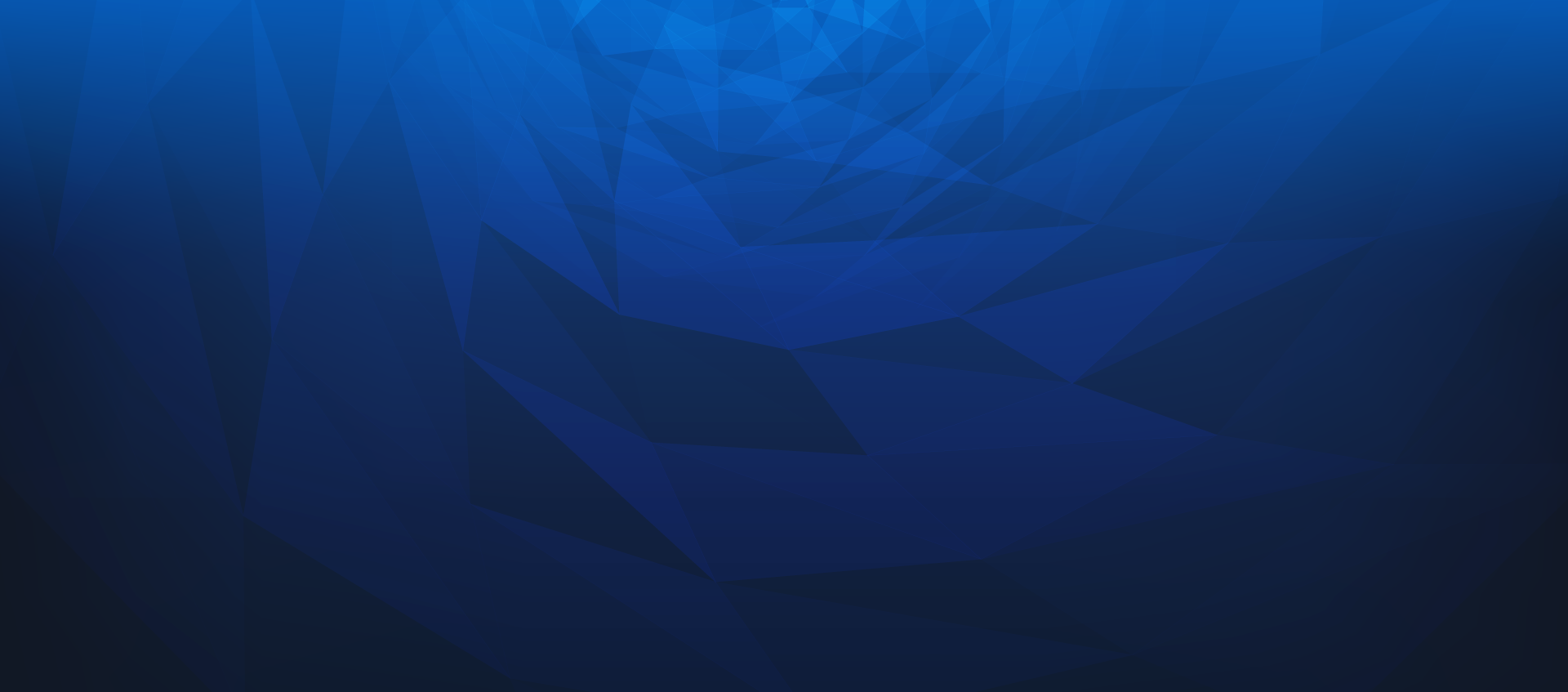Seminar
Isotropization in Heavy Ion Collisions with the 2PI formalism
An important question in heavy-ion collisions is how the initial far-from-equilibrium medium evolves and thermalizes while it undergoes a rapid longitudinal expansion. In this presentation, I will show how to use the two-particle irreducible (2PI) effective action to address this question, focusing on phi^4 scalar theory truncated at three loops. I will present numerical results for quantities such as the occupation number, the thermal mass, and the number density. |
Seminar
Hints for a 4d, N=1 integrable quiver from massive type IIA supergravity
I will discuss a recently constructed parametric family of warped AdS_5 solutions in massive type IIA supergravity. These are dual to four-dimensional quivers with minimal supersymmetry. I will present analytic and numerical evidence suggesting that a particular choice of this supergravity solution leads to a classically integrable field theory. |
Seminar
Optimal thresholds of quantum error correcting codes and how to compute them
Quantum error correcting (QEC) codes protect quantum information from decoherence, as long as error rates fall below critical error thresholds. In general, obtaining thresholds implies simulating the QEC procedure using, in general, sub-optimal decoding strategies. In a few cases and for sufficiently simple noise models, optimal decoding of QEC codes can be framed as a phase transition in disordered classical spin models. In both situations, accurate estimation of thresholds demands intensive computational resources. Here we introduce use the coherent information of the mixed state of noisy QEC codes to accurately estimate the associated optimal QEC thresholds already from small-distance codes at moderate computational cost. We show the effectiveness and versatility of our method by applying it first to the topological surface and color code under bit-flip and depolarizing noise. We then extend the coherent information based methodology to phenomenological and quantum circuit level noise settings. For all examples considered we obtain highly accurate estimates of optimal error thresholds from small, low-distance instances of the codes, in close accordance with threshold values reported in the literature. This work establishes the coherent information as a reliable competitive practical tool for the calculation of optimal thresholds of state-of-the-art QEC codes under realistic noise models. Arxiv: https://arxiv.org/abs/2312.06664 |
Conferencia
Lecture by Luis Colmenárez: Basic introduction to quantum error correction
Quantum computing promises to speed up calculations for certain class of problems. Current quantum devices can realize arbitrary operations on a register of qubits but such operations are still noisy, thus limiting the amount of operations that can be executed faithfully. Quantum error correction (QEC) is a method that allows to correct errors introduced by the enviroment by encoding redundant information in additional qubits. In this lecture I will introduce the basic notions and ideas of classical and quantum error correc tion. Then I will give an overview of the Toric/Surface code which is the major contender as error correcting code for achiving fault-tolerant scalable quantum computing |
Seminar
Going Beyond Eikonal Approximation
One of the main approximations adopted in the Color Glass Condensate (CGC) is the so-called eikonal approximation, which amounts to neglecting power-suppressed corrections in the high-energy limit. This approximation is well justified for asymptotically high energies. However, corrections to it might be sizable in practice, in particular at Relativistic Heavy Ion Collider and upcoming Electron Ion Collider. Therefore, we need to bring precision in theory to analyze the upcoming data from the colliders. For this, we have to compute observables like scattering cross sections beyond the leading order of energy. In this talk, I will briefly review the eikonal approximation and how to go beyond eikonal order. Furthermore, I will present its application to different processes. |
Conferencia
Medida de la influencia de los eclipses de sol en la distribucion angular de los rayos cosmicos en tierra
En 2026, 2027 y 2028 se van a producir tres eclipses de sol consecutivos sobre la Península Ibérica. Estos hechos ofrecen una oportunidad única para medir la influencia de los eclipses de Sol en el campo geomagnético a través de la medida de las variaciones en la distribución angular de los rayos cósmicos mediante detectores tipo Trasgo en tierra. A finales de 2024 estamos pensando en hacer una primera campaña exploratoria sobre la sensibilidad del método tomando datos simultáneamente con los cuatro miniTrasgos ubicados en España, Polonia y México. |
Conferencia
Mini-course on some aspects of the SYK model
The Sachdev-Ye-Kitaev (SYK) model is a quantum mechanical theory with N fermions with p-body interactions and random coupling constants. In the large N limit it can be solved exactly and shown to be dual to a gravitational theory and to be maximally chaotic. In the first part of this mini-course we will review in detail the solution of the model in the so-called double scaling limit, in which both p and N are large but p^2/N is fixed. The partition function and the correlators of the model will be computed exactly and the connection with quantum gravity will be uncover. The second part of the course will focus on the chaotic behavior of the SYK model. We will compute out-of-time ordered correlators (OTOCs), which in a chaotic system grow exponentially. The rate of growth of the OTOCs is controlled by the Lyapunov exponent, which we will be able to compute explicitly in a certain limit and see that the system is maximally chaotic (i.e., it saturates a previously conjectured bound on chaos). |
Conferencia
Mini-course on some aspects of the SYK model
The Sachdev-Ye-Kitaev (SYK) model is a quantum mechanical theory with N fermions with p-body interactions and random coupling constants. In the large N limit it can be solved exactly and shown to be dual to a gravitational theory and to be maximally chaotic. In the first part of this mini-course we will review in detail the solution of the model in the so-called double scaling limit, in which both p and N are large but p^2/N is fixed. The partition function and the correlators of the model will be computed exactly and the connection with quantum gravity will be uncover. The second part of the course will focus on the chaotic behavior of the SYK model. We will compute out-of-time ordered correlators (OTOCs), which in a chaotic system grow exponentially. The rate of growth of the OTOCs is controlled by the Lyapunov exponent, which we will be able to compute explicitly in a certain limit and see that the system is maximally chaotic (i.e., it saturates a previously conjectured bound on chaos). |
Seminar
Recent Experimental Searches for a Tetraneutron
The tetraneutron has attracted a lot of experimental and theoretical attention in recent years. The observation of a 4-neutron correlated state could deliver unique information about the nucleon‘s interaction and may contribute to further understanding of the equation of state in neutron stars. Most of the ample theoretical work denies the possibility of a bound state and partly even that a resonant state of four neutrons could exist. The presentation will discuss two different recent experiments, which reported significant observations of the 4-neutron system. In an experiment at RIKEN we used the -knockout from 8He by protons in inverse kinematics observing an unbound resonance in the 4-neutron remaining in the exit channel, with rather precise binding energy (-2.37(58) MeV) and width (1.75(37) MeV). A complementary approach at the tandem accelerator laboratory near Munich [2], used the 7Li(7Li,10C)4n reaction and we found an evidence for a tetraneutron bound by 0.42(16) MeV and an upper limit for its width of 0.24 MeV. Both experiments have initiated lively but controversial discussions on the topic. [1] M. Duer, et al., Nature. 606, 678 (2022) [2] T. Faestermann, et al., Phys. Lett. B. 824, 136799 (2022). |
Conferencia
Mini-course on some aspects of the SYK model
The Sachdev-Ye-Kitaev (SYK) model is a quantum mechanical theory with N fermions with p-body interactions and random coupling constants. In the large N limit it can be solved exactly and shown to be dual to a gravitational theory and to be maximally chaotic. In the first part of this mini-course we will review in detail the solution of the model in the so-called double scaling limit, in which both p and N are large but p^2/N is fixed. The partition function and the correlators of the model will be computed exactly and the connection with quantum gravity will be uncover. The second part of the course will focus on the chaotic behavior of the SYK model. We will compute out-of-time ordered correlators (OTOCs), which in a chaotic system grow exponentially. The rate of growth of the OTOCs is controlled by the Lyapunov exponent, which we will be able to compute explicitly in a certain limit and see that the system is maximally chaotic (i.e., it saturates a previously conjectured bound on chaos). |








